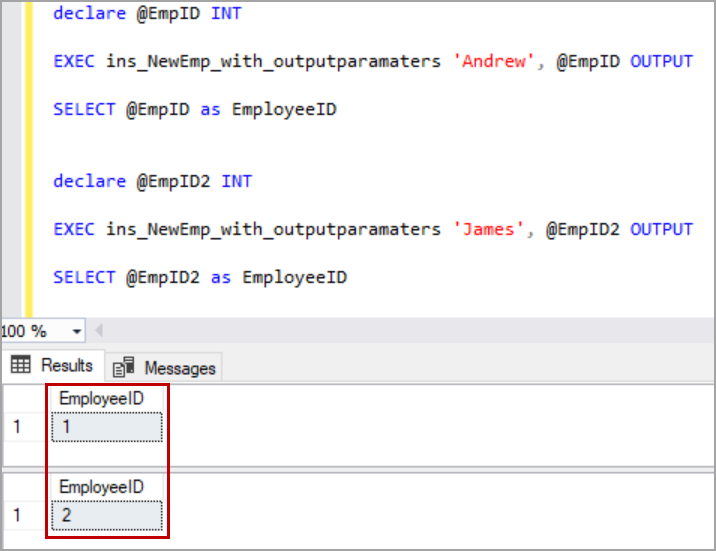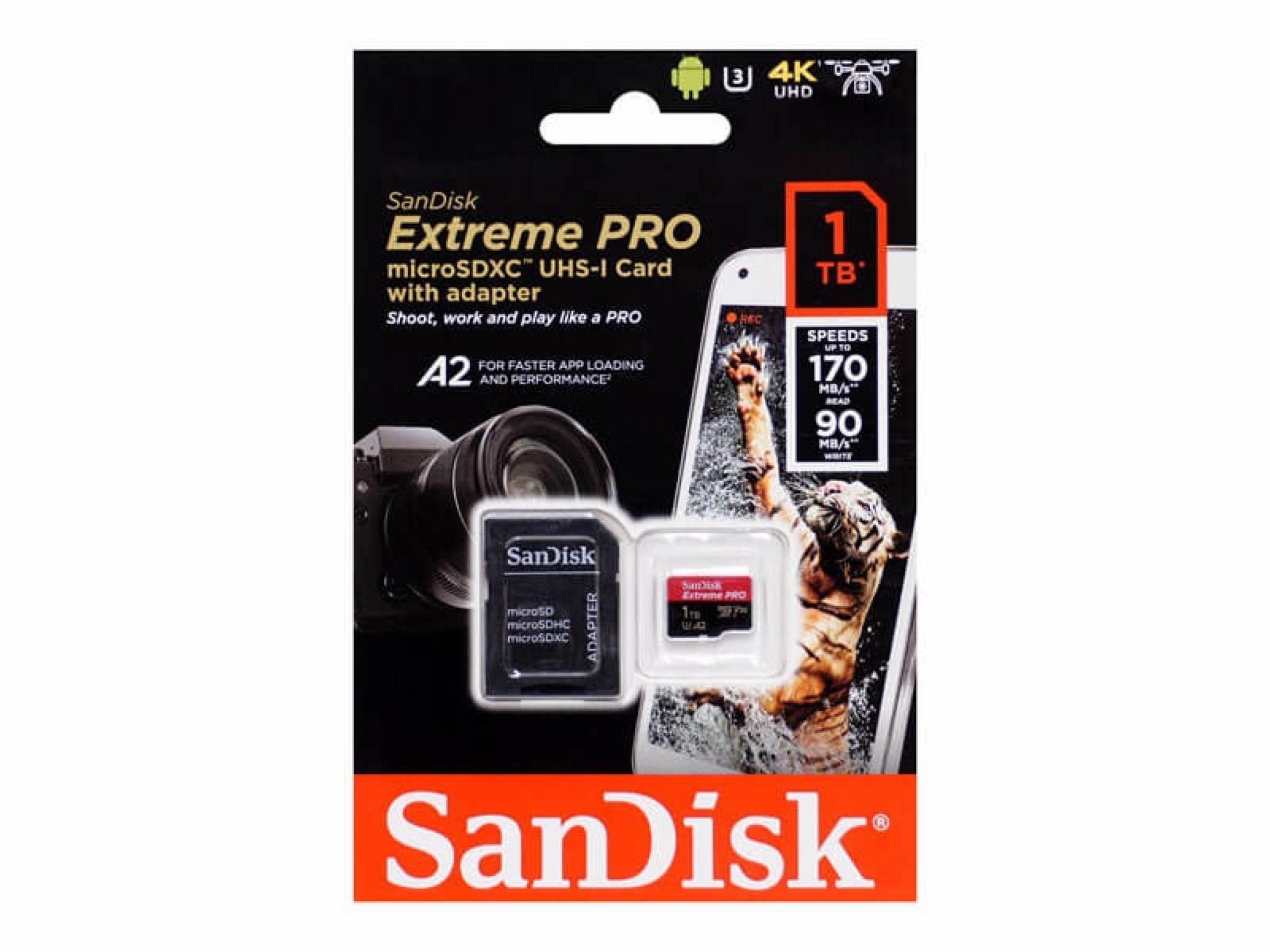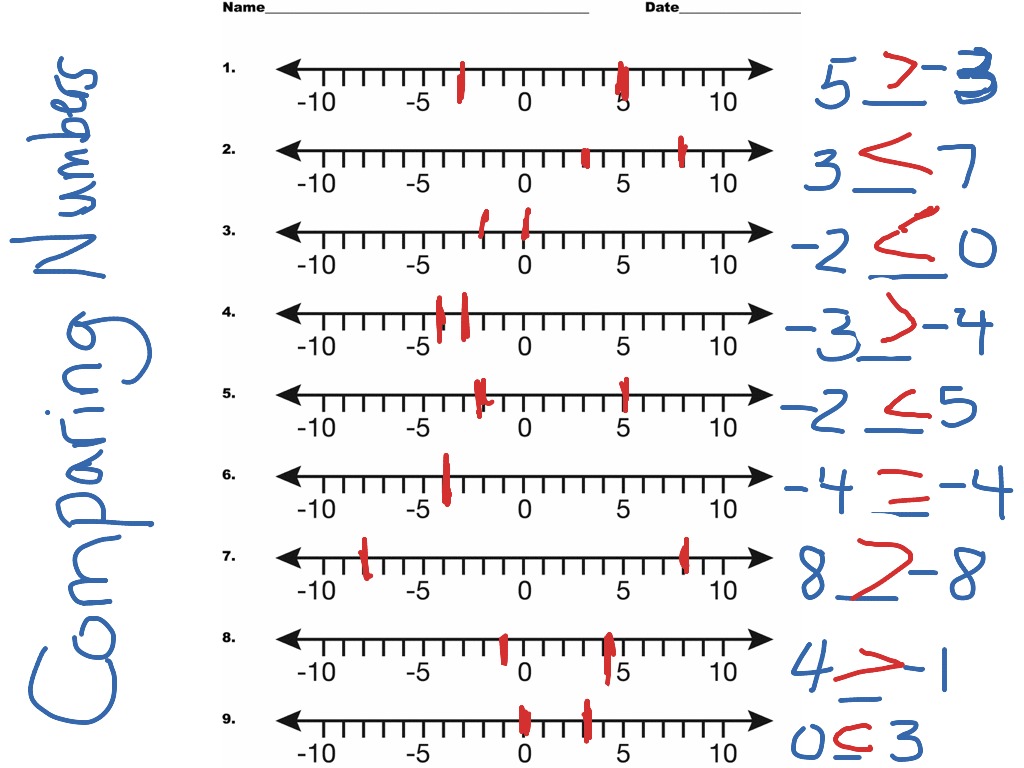7 Simple Steps to Convert 7/20 to Percentage
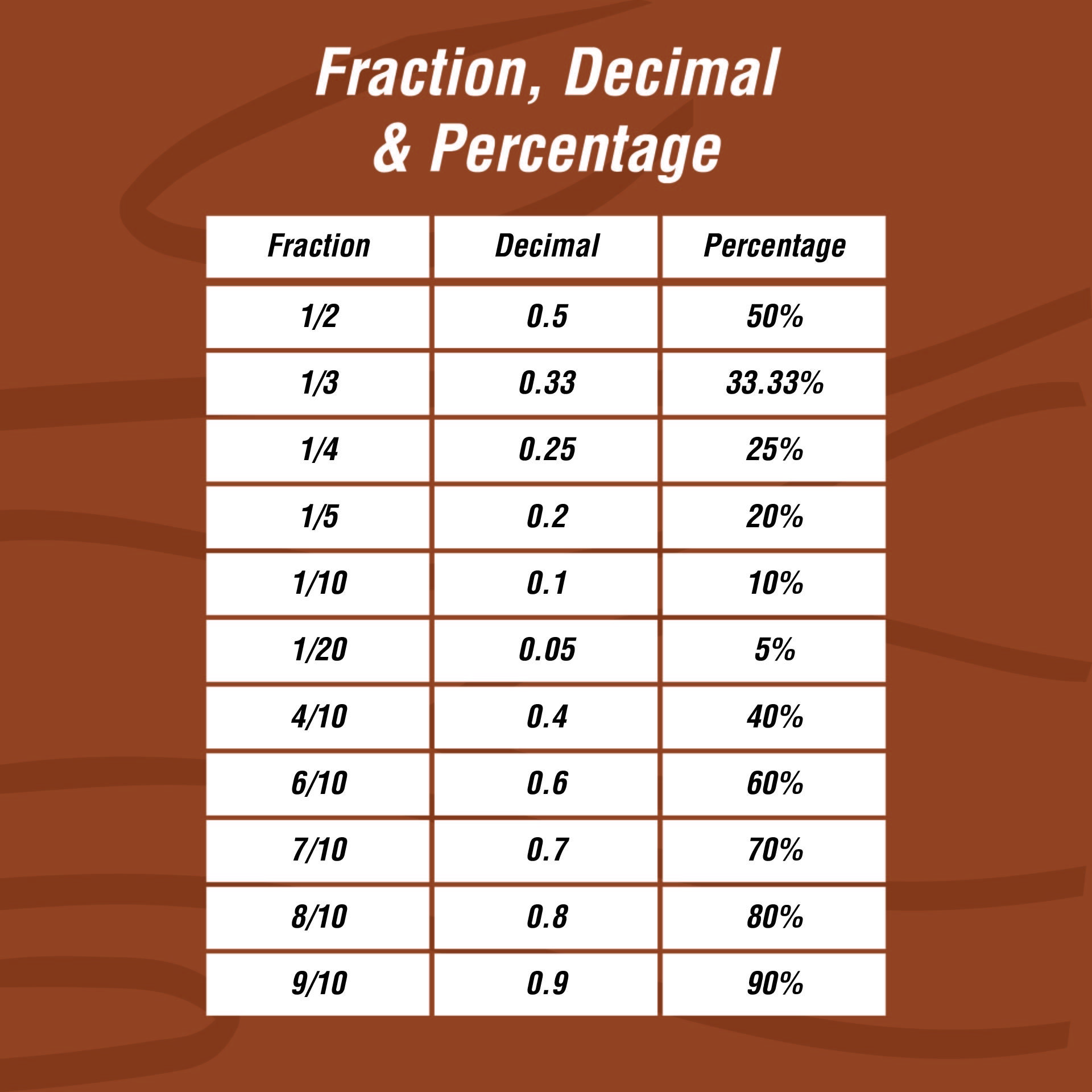
Converting fractions or mixed numbers to percentages is a fundamental skill in mathematics, often used in various real-life scenarios. Whether you're analyzing data, calculating discounts, or simply trying to express a ratio in a more intuitive way, understanding how to convert fractions to percentages is essential. In this article, we will explore a straightforward, seven-step process to convert the fraction 7/20 to a percentage, complete with real-world examples and practical applications.
Step-by-Step Guide: Converting 7⁄20 to Percentage
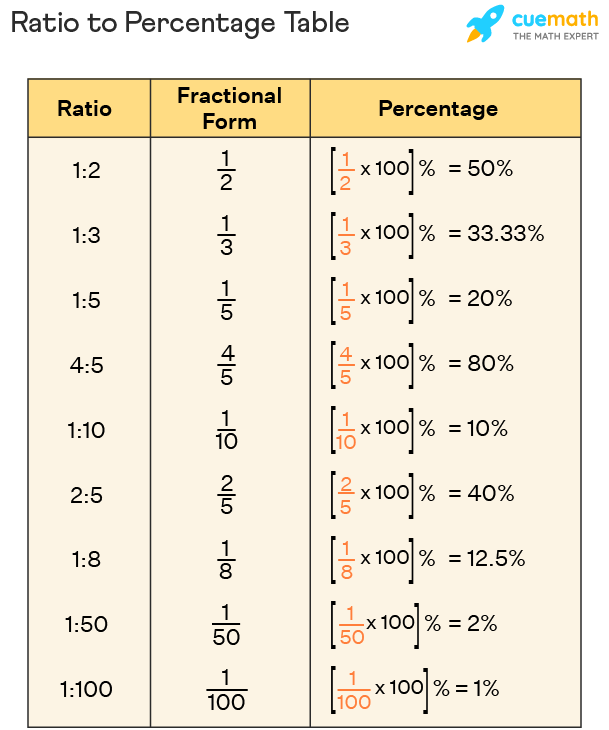
Follow these simple steps to accurately convert the fraction 7⁄20 to a percentage:
Step 1: Understand the Fraction
The fraction 7⁄20 represents seven out of twenty parts. In simpler terms, it means seven individuals or objects out of a total of twenty. This fraction can be visualized as a pizza cut into twenty slices, with seven of those slices being shaded to represent the fraction.
Step 2: Identify the Percentage Equivalent
To find the percentage equivalent of 7⁄20, we need to understand that percentages are simply another way of expressing a fraction out of 100. So, we aim to convert our fraction into a value out of 100.
Step 3: Calculate the Decimal Equivalent
Before converting to a percentage, it’s often easier to first convert the fraction to a decimal. This can be done by dividing the numerator (7) by the denominator (20). In this case, 7 divided by 20 equals 0.35.
| Fraction | Decimal |
|---|---|
| 7/20 | 0.35 |
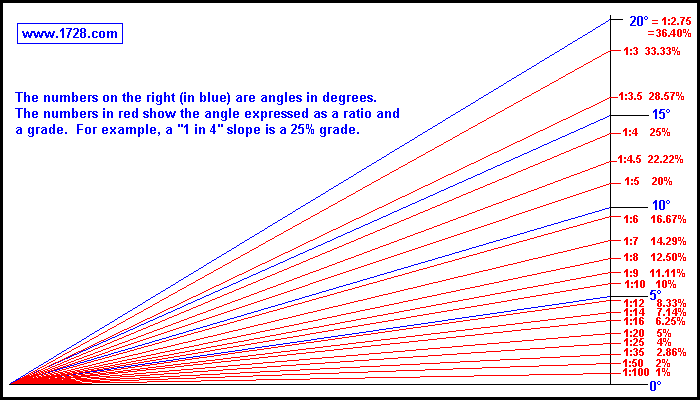
Step 4: Convert the Decimal to a Percentage
To convert the decimal 0.35 to a percentage, we multiply it by 100. This is because percentages are essentially decimals multiplied by 100. So, 0.35 multiplied by 100 gives us 35.
| Decimal | Percentage |
|---|---|
| 0.35 | 35% |
Step 5: Interpret the Percentage
Now that we have converted 7⁄20 to a percentage, we can interpret its meaning. The percentage 35% tells us that out of a total of 100 parts, 35 of them are shaded or represented by the fraction. In our pizza example, this would mean that 35% of the pizza is shaded, indicating that we have 7 slices out of a total of 20.
Step 6: Real-World Application
Let’s consider a practical example. Imagine you are conducting a survey to find out the percentage of people who prefer a certain brand of soda. Out of 20 respondents, 7 individuals chose that brand. To express this preference as a percentage, you would follow the steps outlined above. By converting 7⁄20 to 35%, you can clearly communicate that 35% of the respondents preferred that particular soda brand.
Step 7: Practice and Explore
Converting fractions to percentages is a skill that becomes more intuitive with practice. Try applying these steps to other fractions and percentages to reinforce your understanding. Additionally, explore more complex fractions and mixed numbers to challenge yourself and deepen your mathematical proficiency.
How accurate is this conversion method?
+The method outlined above is a standard and precise way to convert fractions to percentages. It ensures an accurate representation of the fraction as a percentage.
Can this method be applied to other fractions?
+Absolutely! This conversion process can be applied to any fraction. Simply follow the steps, adjusting the values accordingly.
What if the fraction has a larger denominator, like 7⁄1000?
+Converting fractions with larger denominators follows the same process. The key is to first convert the fraction to a decimal and then to a percentage.
